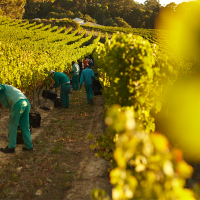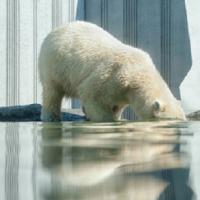One of the main barriers to biodiversity action is the lack of integrated economic and ecological decision-making. According to Cambridge Conservation Initiative, nature rarely has a place at the table when it comes to decision-making as the economy typically takes precedence. Identifying and quantifying the economic value of nature can help increase the visibility of nature and contributions of ecosystem services. Referred to as ‘natural capital’, BirdLife International describes this approach as essentially taking stock of “renewable and non-renewable natural resources, (e.g. biodiversity, air, water, soils, minerals, etc.) that combine to yield a flow of benefits to people.” These benefits, including clean air and water, food, nourishing soil, building materials and energy, are called ecosystem services and their sustainability is essential to human health and well-being.
Natural capital assessments are an important element in ESG (environmental, social and governance) investing. This term describes the increasing consideration of “non-financial factors as part of the analysis process [investors take] to identify material risks and growth opportunities,” according to the CFA Institute. In particular, assessing environmental factors and determining the value of natural capital can help investors realize the importance of intact ecosystems in sustaining our economy. It encourages investors to look beyond solely economic gains, engage in forward-thinking and consider whether an investment aligns with their values and visions for the future.

Photo by Scopio Images from Canva
- Log in to post comments



CRC Comments